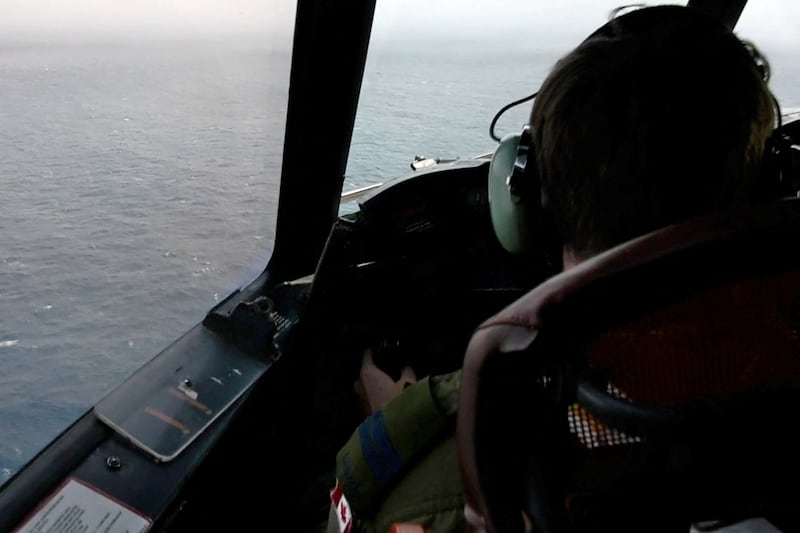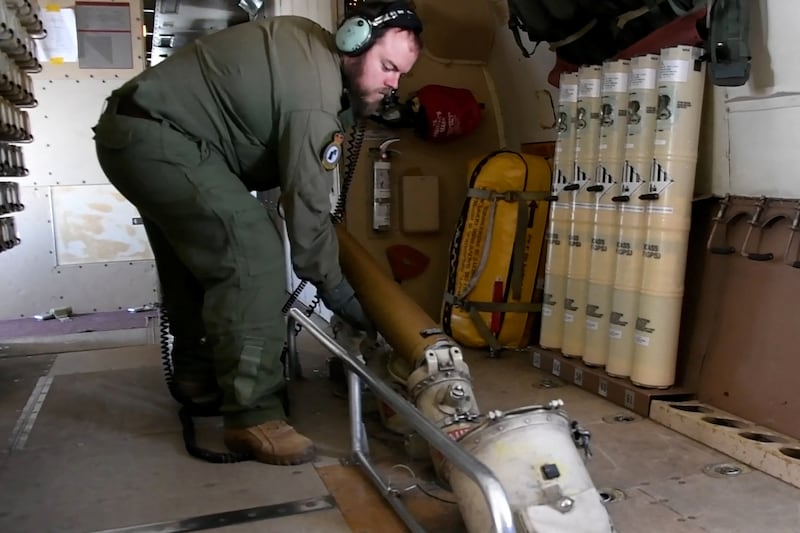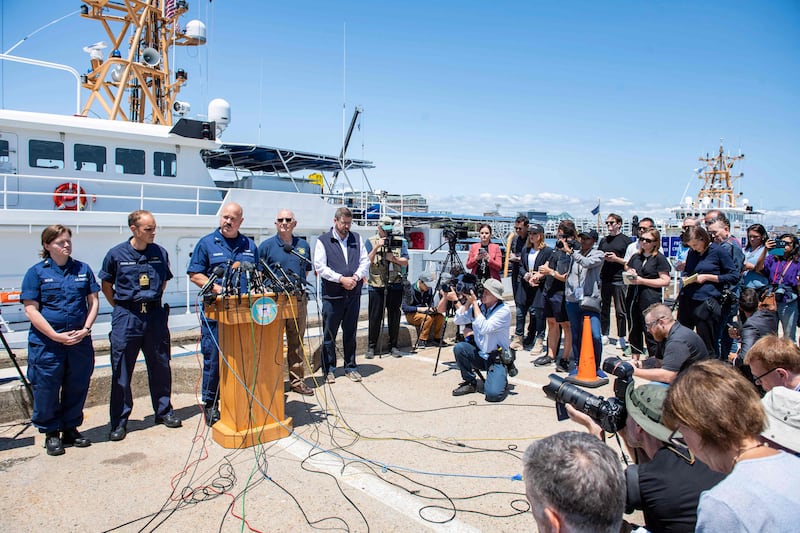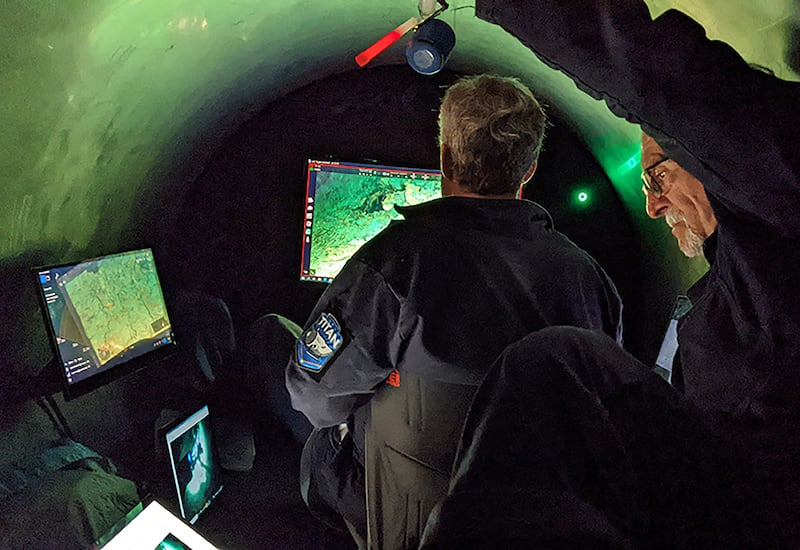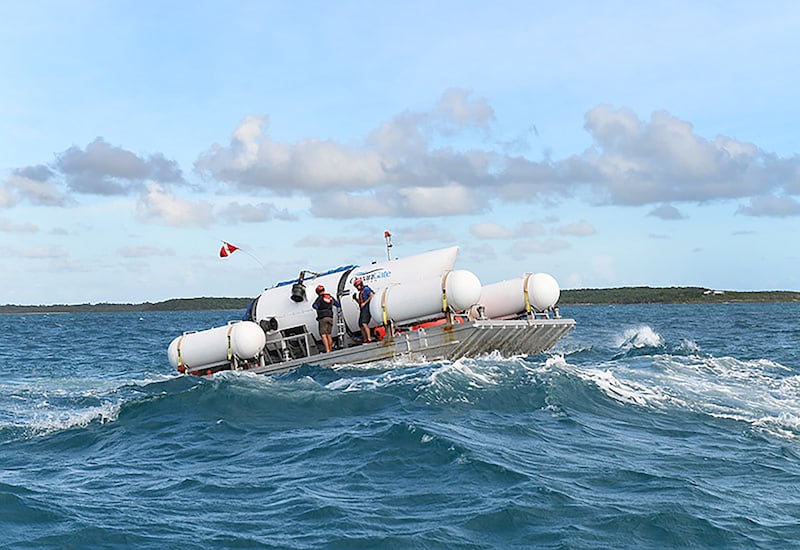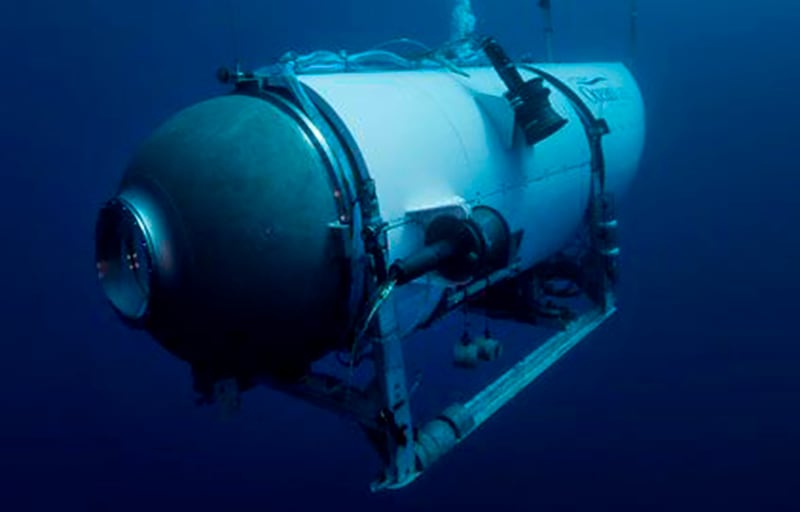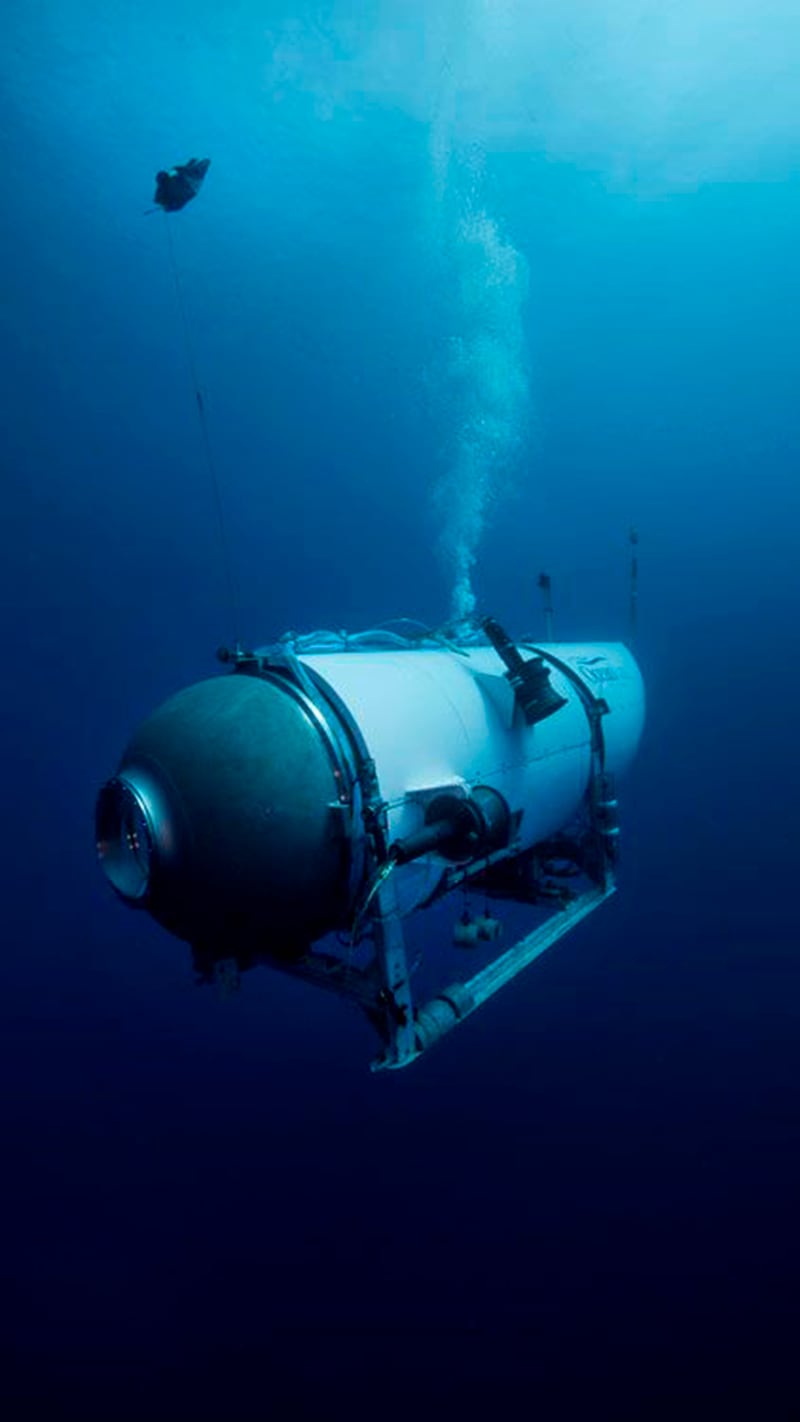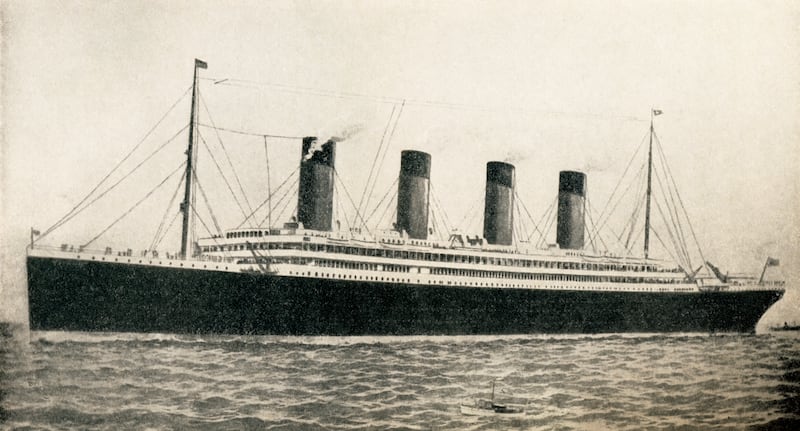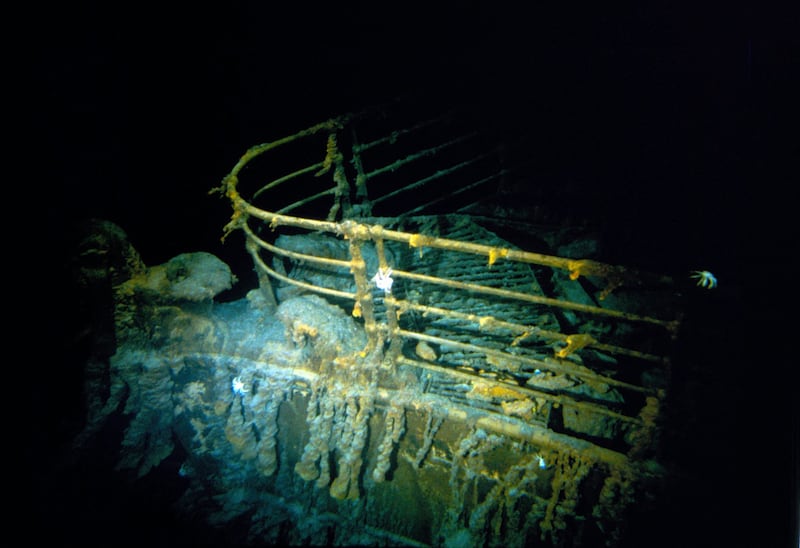When it was announced on Thursday that debris had been found in the search for the Titan submersible, it extinguished any lingering hope that the five men on board could be rescued.
But the realisation that the craft almost certainly experienced a catastrophic failure on its mission to view the wreck of the Titanic, located 3,800 metres below the surface of the North Atlantic Ocean, raised as many questions as it answered.
In particular, what caused this vessel to apparently implode, likely killing everyone instantly? And should the company that owned the vessel have sent paying passengers to the ocean’s depths in a craft that did not appear to have been subject to rigorous independent testing?
That the wreckage of Titan was found a few days after it went missing on Sunday is an achievement in itself, considering that several missions, albeit using less modern equipment and searching over a larger area, failed to find the Titanic itself before the wreck was located in 1985.
“You have to imagine you’re looking through black night through unknown terrain with a flashlight,” said Ralf Bachmayer, professor of marine environmental technology and deep-sea engineering at the University of Bremen, Germany.
“There’s no light. That makes it very difficult even with cameras. You could be right next to something and you don’t see it.”
Extreme depths
Sonar, which involves sending out sound waves that create an echo when they bounce off objects, was used, but distinguishing between any signals created by Titan from those generated by other objects was a tough task
“You have difficult terrain,” Mr Bachmayer said, with “canyons” in the area and the wreckage from the Titanic as well.
“What’s new, what’s different? … That makes it so incredibly difficult to find something on the sea floor. It’s a vast space if you don’t know where to search.”

He said the arrival at the scene of remotely operated vehicles, or ROVs, capable of descending to extreme depths, was key to finding the Titan wreckage.
One of the submersibles, Victor 6000 can go to depths of 6,000 metres and has a power cable connected to its mother ship.
“These ROVs are so extremely useful because they have almost unlimited power and they can light up significantly more than this submersible [Titan] was able to,” Mr Bachmayer said.
Design flaws
As is typical of craft sent to such depths, Titan was not an off-the-shelf submersible but a unique design that, in this case, combined a carbon fibre main compartment with titanium.
Five main pieces of wreckage have been discovered, the US Coast Guard reported, including part of the pressure chamber and the nose cone.
Titan had made many journeys down to the wreck, causing several rounds of compression and decompression that would have placed immense strain on the structure.
“How does it respond over time to cycling back to the surface and to underwater depths? Any existing small defect might get worse over time,” said Mr Bachmayer.
Many submersibles are spherical, as this shape spreads pressure equally, but Titan was elongated, which meant that some areas were under greater stress than others.
Video: Five die after submersible implodes
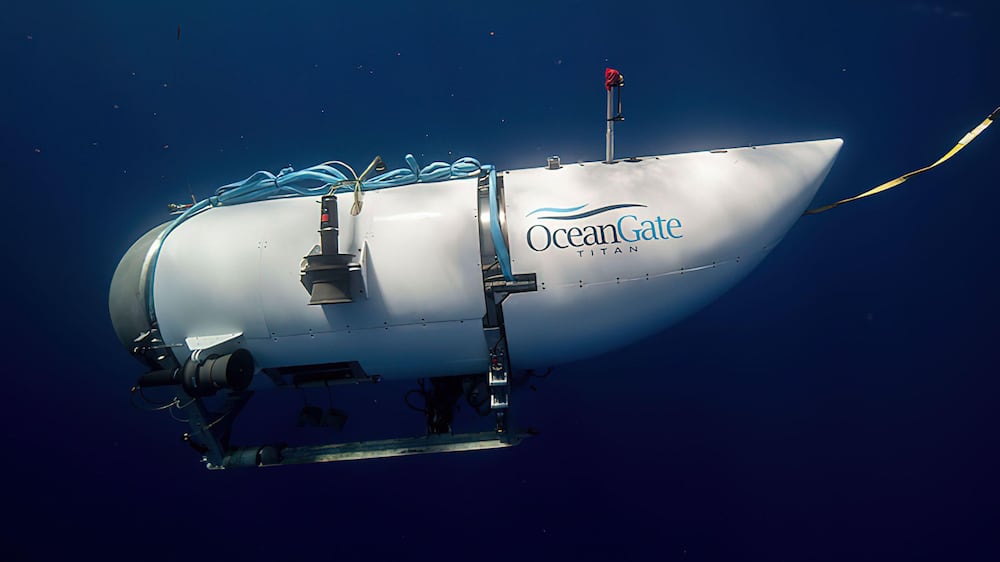
“The tube was an issue. That puts a lot of stress on the tube part made of carbon fibre,” said Jasper Graham-Jones, associate professor in mechanical and marine engineering at the University of Plymouth in the UK.
“This is particularly strong, but it does have the issue that it can produce small delamination. You can have small stress cracks [when] going down to great depths.
“Every time you use it you could produce small cracks. These could lead to catastrophic failure … The problem with composites is that you can have cracks within the structure that are not necessarily seen.”
While carbon fibre is used for helicopter blades and aeroplane wings, among other things, Dr Graham-Jones said that he was not aware of another deep-sea submersible made from the material.
“What was interesting was this hull was only five inches thick in the carbon fibre area, which seems to me very thin,” he added.
Additional testing
Issues such as this are why Dr Graham-Jones thinks it is important to have independent certification from a marine classification society, an organisation that maintains independent technical standards.
OceanGate Expeditions, the company that created and operated Titan, decided not to try to secure such certification for the submersible. The company’s chief executive, Stockton Rush, was one of the five killed in the submersible.
While the passengers signed waivers indicating that they accepted the mission was not risk-free, Dr Graham-Jones said it would have been difficult for them to truly appreciate the dangers.
“It just seems so wrong that they signed waivers [to say], ‘Yes, we understand the risks.’ They wouldn’t have understood the risks because I don’t think the company itself understood the risks. This is where you need other people to check the risks,” he said.
US media have reported that in court documents, OceanGate’s former director of marine operations, David Lochridge, raised safety concerns about the submersible and thought that it needed additional testing.
Also, in a 2018 letter from the Marine Technology Society, published online by The New York Times, experts expressed “unanimous concern” about OceanGate’s “experimental” approach in the development of Titan.
They warned that this “could result in negative outcomes (from minor to catastrophic) that would have serious consequences for everyone in the industry”.
Defending OceanGate to the BBC, Guillermo Sohnlein, co-founder of the company, said that Titan had gone through a “rigorous test programme”.
“Everyone keeps equating certification with safety and is ignoring the 14 years of development of the Titan sub,” he said.
Legal action?
That Titan was sent down in international waters means that many of the regulatory frameworks that would affect operations in national waters do not apply. Yet OceanGate may still face legal action, according to lawyers.
“If it can be established that the implosion was caused by inherent defects in the mechanics or engineering of the submarine, the responsible party may be held liable, even if a waiver was signed,” said Timothy E Allen, a lawyer with the US law firm Oberheiden PC.
If the wreckage from Titan is collected and analysed, it may be possible for scientists to map out crack paths, which could indicate the cause of the failure.
While the tragic outcome that befell Titan may cause some to think twice about undertaking similar missions in future, Mr Bachmayer said there were still likely to be willing passengers.
“People that do these kinds of trips are well aware of the risks,” he said. “How they evaluate these risks is different to how I evaluate these risks and probably how you evaluate these risks.
“I don’t think it will change things necessarily, but people will think more about it and the risks they’re willing to take.”
